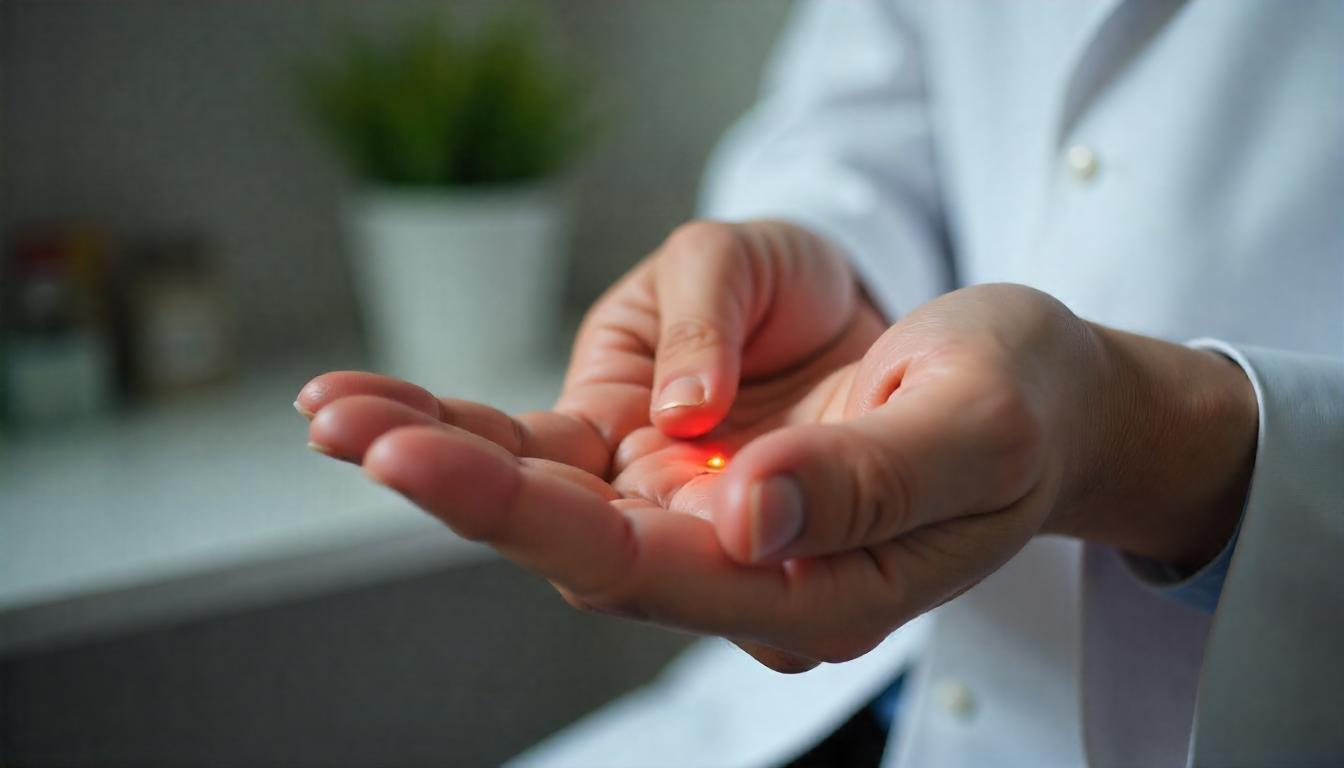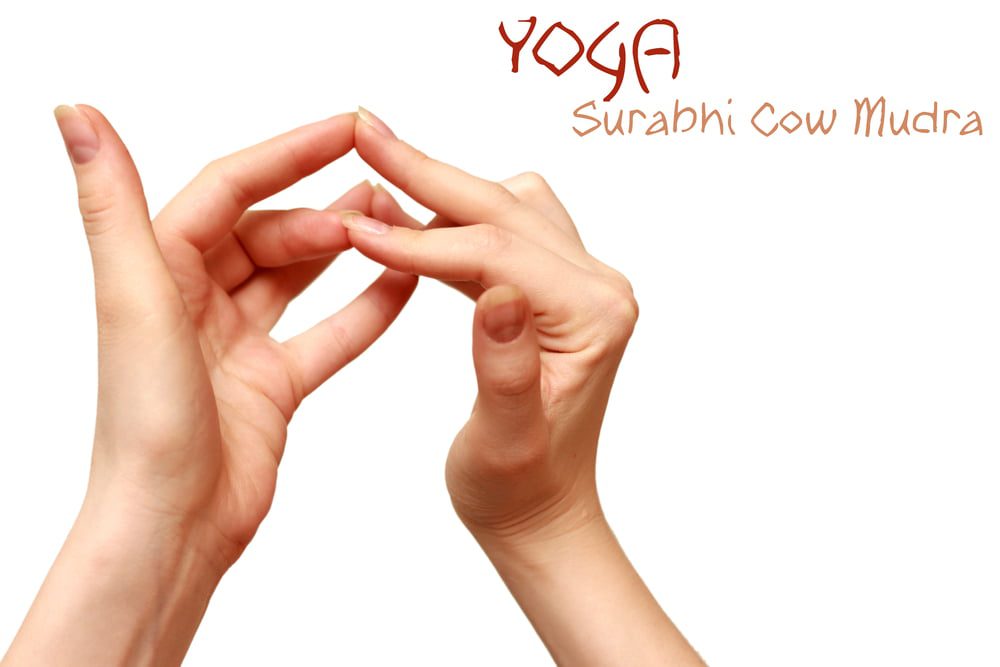Welcome to a journey into the ancient wisdom of acupuncture, where the intricate network of meridians holds the key to balancing our body and mind. In this comprehensive guide, we delve into the significance of Heart 8 acupuncture point, exploring its therapeutic benefits, scientific evidence, and practical applications.
Understanding Acupuncture.
Acupuncture, a cornerstone of Traditional Chinese Medicine (TCM), is founded on the principle of restoring the flow of Qi, or vital energy, along meridians in the body. By stimulating specific points along these pathways, acupuncturists aim to rebalance the body’s energy flow, promoting healing and well-being.
The Role of Heart 8 Acupuncture Point.
Heart 8, known as “Shaofu” in Chinese, is a vital acupuncture point located on the palm side of the hand, in the depression between the fourth and fifth metacarpal bones. This point belongs to the Heart meridian, which governs not only the physical heart but also the emotional heart, influencing our capacity for love, joy, and emotional balance.(1)
Therapeutic Benefits of Heart 8.
- Emotional Harmony: Stimulating Heart 8 can help alleviate symptoms of anxiety, stress, and depression by promoting a sense of inner peace and emotional balance.
- Cardiovascular Health: According to TCM theory, activating Heart 8 may support cardiovascular function, regulating heart rhythm and blood pressure.
- Pain Management: This acupuncture point is also believed to be effective in relieving pain, particularly in the chest, palms, and fingers, making it valuable for conditions such as angina and carpal tunnel syndrome.
Scientific Evidence.
While the mechanisms underlying acupuncture’s effectiveness are still being elucidated, research has begun to shed light on its physiological effects. Studies investigating acupuncture’s impact on heart health have shown promising results, including improvements in heart rate variability, blood pressure regulation, and stress reduction.(2)
Personal Interview.
To gain insight into the practical applications of Heart 8 acupuncture point, we spoke with Dr. Li Mei, a licensed acupuncturist with over 20 years of clinical experience.
“Heart 8 is a powerful point for addressing both physical and emotional imbalances,” says Dr. Li. “In my practice, I often use it to complement treatments for patients with cardiovascular issues, anxiety disorders, and chronic pain. Many of my clients report feeling a profound sense of relaxation and well-being after a session focused on this point.”
Frequently Asked Questions.
Yes, when performed by a qualified practitioner, acupuncture is generally considered safe, with minimal side effects.
The number of sessions required it all depends on the individual and the condition being treated. Some people experience relief after just one session, while others may require multiple sessions for optimal results.
Acupuncture needles are very thin, and most people experience minimal discomfort during treatment. Sensations may range from a slight tingling to a dull ache, but any discomfort is typically short-lived.
Bottom Line.
Heart 8 acupuncture point represents a profound intersection of ancient wisdom and modern science, offering a holistic approach to healing that addresses both the physical and emotional aspects of well-being. Whether you seek relief from pain, support for cardiovascular health, or a deeper sense of emotional balance, exploring the therapeutic potential of Heart 8 may hold the key to unlocking a healthier, more vibrant life.
+2 Sources
FitMeMore has strict sourcing guidelines and relies on peer-reviewed studies, educational research institutes, and medical organizations. We avoid using tertiary references. You can learn more about how we ensure our content is accurate and up-to-date by reading our editorial policy.
- Heart 8; https://acupuncture.com/education/points/heart/ht8.htm
- Comparative Effectiveness of Acupuncture and Antiarrhythmic Drugs for the Prevention of Cardiac Arrhythmias: A Systematic Review and Meta-analysis of Randomized Controlled Trials; https://www.frontiersin.org/journals/physiology/articles/10.3389/fphys.2017.00358/full
How we reviewed this article:
Our team of experts is always monitoring the health and wellness field, ensuring that our articles are updated promptly as new information emerges. See Our Editorial Process
May 13, 2025
Written By: Sarah Waskevich
Reviewed By: Gail Cooper
Written By: Sarah Waskevich
Reviewed By: Gail Cooper

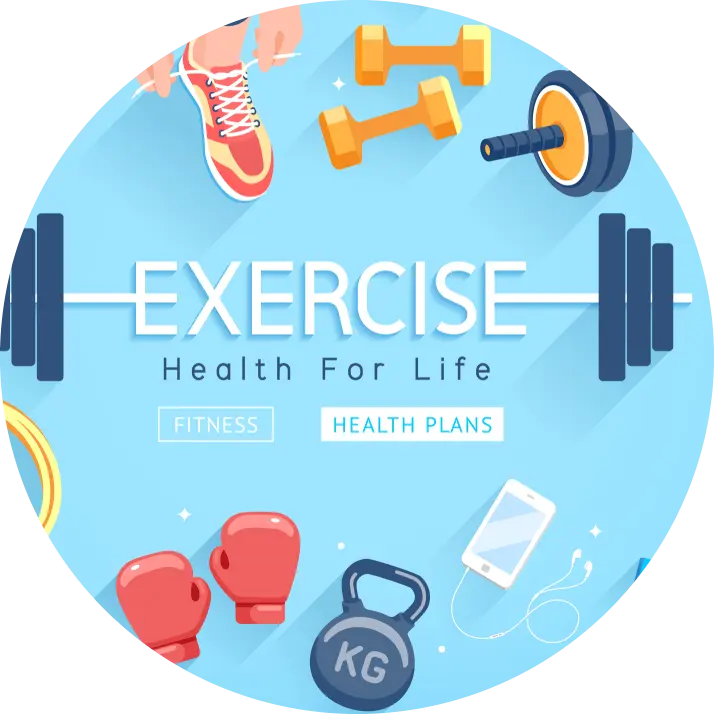 Workout
Workout
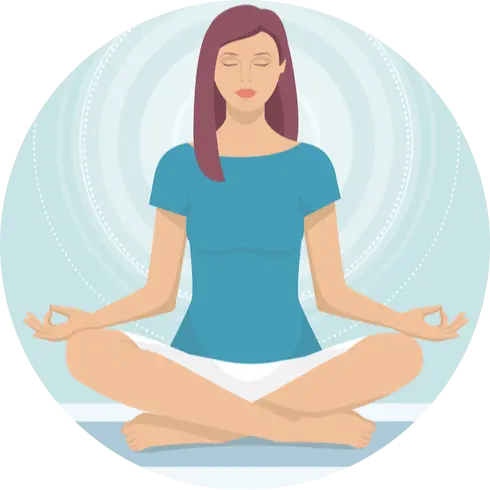 Meditation
Meditation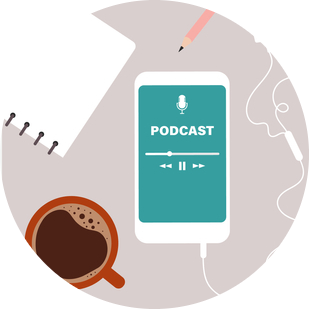



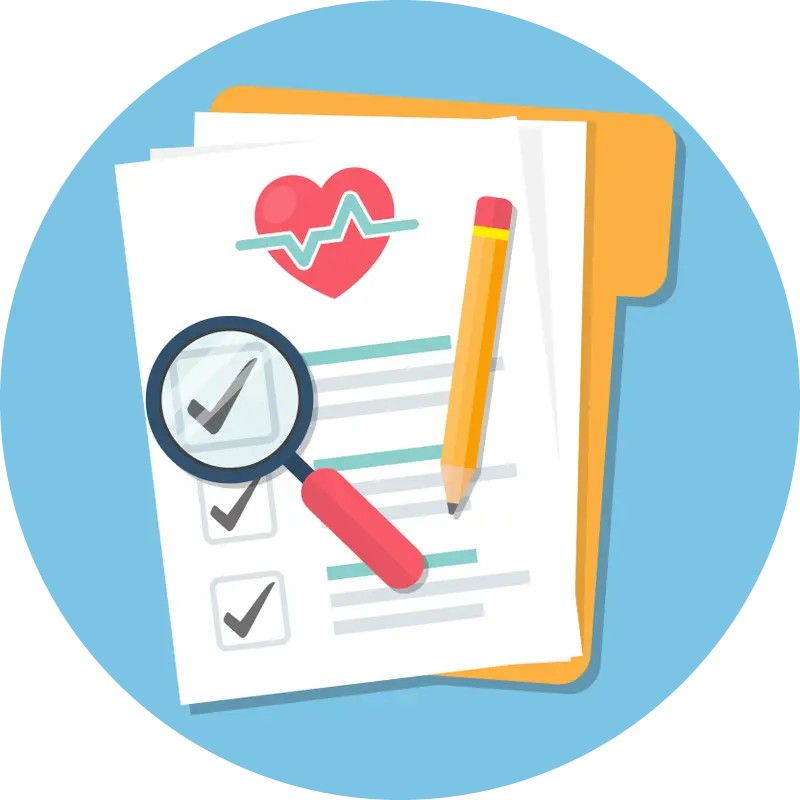

 Contact Us
Contact Us

